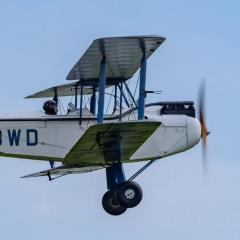-
Recently Browsing
- No registered users viewing this page.
-
Topics
-
Posts
-
By nevenbekriev · Posted
This guy unites the two reverse wheels in the usual system of winding movement. Do not take it apart, thow takin it apart is possible. You can get lost the small ratchets inside. I wouod use pure petrol to clean it ahd will rotate for some time the wheels when holding the pinion untill the guy is diped in the petrol. Then, after epilaming (if any aplied), I would use some Moebius 8000 solved in pure petrol and put a drop on the wheel, then will blow with air and let the petrol dry. This is old recepy not from Omega manuals where I have no idea what is the procedure. -
By nevenbekriev · Posted
This is to prevent the stone on the other side from breaking when canon is pressed. You can put the canon before assembling the movement, but this is if the 3th wheel when in place will not prevent the other wheels to get in place. The other way is to assemble the train and then to put the movement on something that the pivot tip will lay on and thus the pinion will not press the stone when canon is installed. -
By musicsnake · Posted
My experience with this Vertex is to unscrew the ring towards the back, with a screwdriver on the slot. The Crystal can then be pushed back. -
By Neverenoughwatches · Posted
Ahh the master mangler, we have a new member here that met him. -
By ManSkirtBrew · Posted
Instead of creating a million threads, I figured I'd keep my notes and questions bundled up here. I'm working on the barrel at the moment, and it appears to have a detached bridle like my 1954 Bulova 10BPAC, but also has an attached bridle. The detached bridle is also extremely thin, and in fact doesn't even show up on the photo I took. According to the tech sheet: So my questions three: 1. Should the slip ring always be replaced as suggested, or can it be cleaned and reused? 2. Is braking grease still used, and if so would it be on the inside or outside of the slip ring? 3. Do I need to go out and buy dry lubricant? I have Lubeta v105 and v106 which are supposed to dry to lubricating films. Might one of those be appropriate?
-







Recommended Posts
Join the conversation
You can post now and register later. If you have an account, sign in now to post with your account.
Note: Your post will require moderator approval before it will be visible.